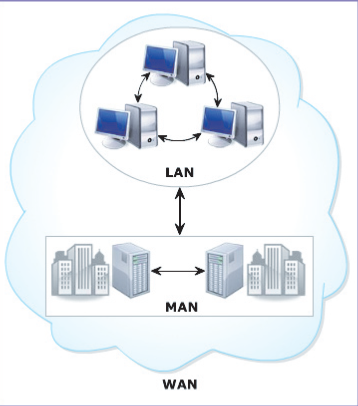1
Introduction
Hypertext
Markup Language (HTML) was introduced in the year 1990. Since then, there has
been continuous evolution in the technology leading to introduction of new
versions. Some features were introduced in specifications, whereas others were
introduced in software releases.
HTML 4 was
recommended as a standard by W3C in 1997. HTML5 is the next version of HTML and
will be the new standard. HTML 4.01 was the previous version of HTML which was
released in 1999. Since then, there have been constant evolutions and additions
to the World Wide Web (WWW). Majority of the browsers support HTML5 elements
and Application Programming Interfaces (APIs).
2 Evolution
of Computing
The era of
computing started with the use of stand-alone computers to carry out different
computing operations. These computers were isolated and not connected to each
other.
Eventually as
the years passed, the growth of computing expanded in multiple diverse fields
such as business, education, and military due to quick data processing. With
such a huge expansion, organizations felt the need of sharing the processed
data among their people to save time and effort. This marked the beginning of
computer networks. Organizations began to connect their computers and share
data amongst their people. These networks are as follows:
Local Area
Network (LAN)
Metropolitan
Area Network (MAN)
Wide Area
Network (WAN)
LAN refers to a computer network in a small geographical
area such as office, home, or school. MAN refers to a network that covers a
city. WAN refers to a network that connects LANs and MANs across the globe
